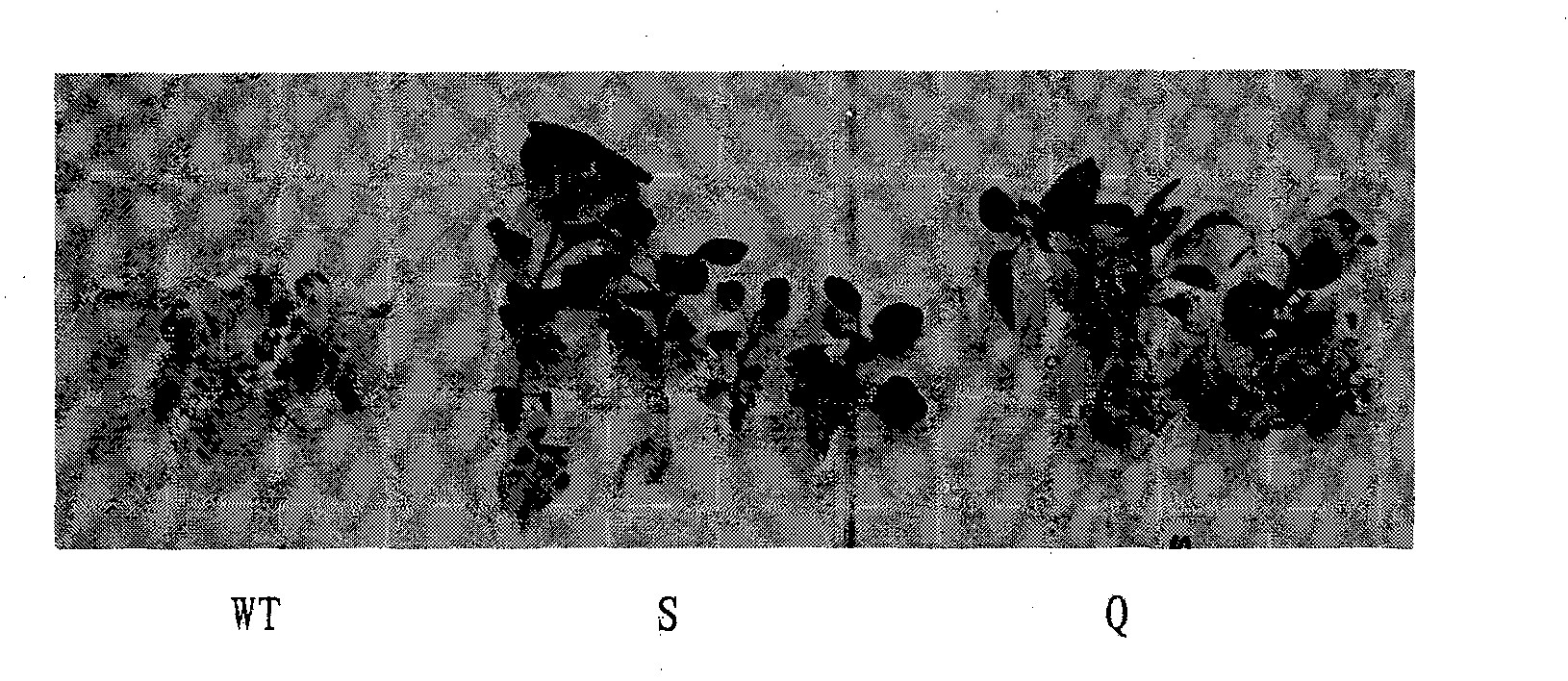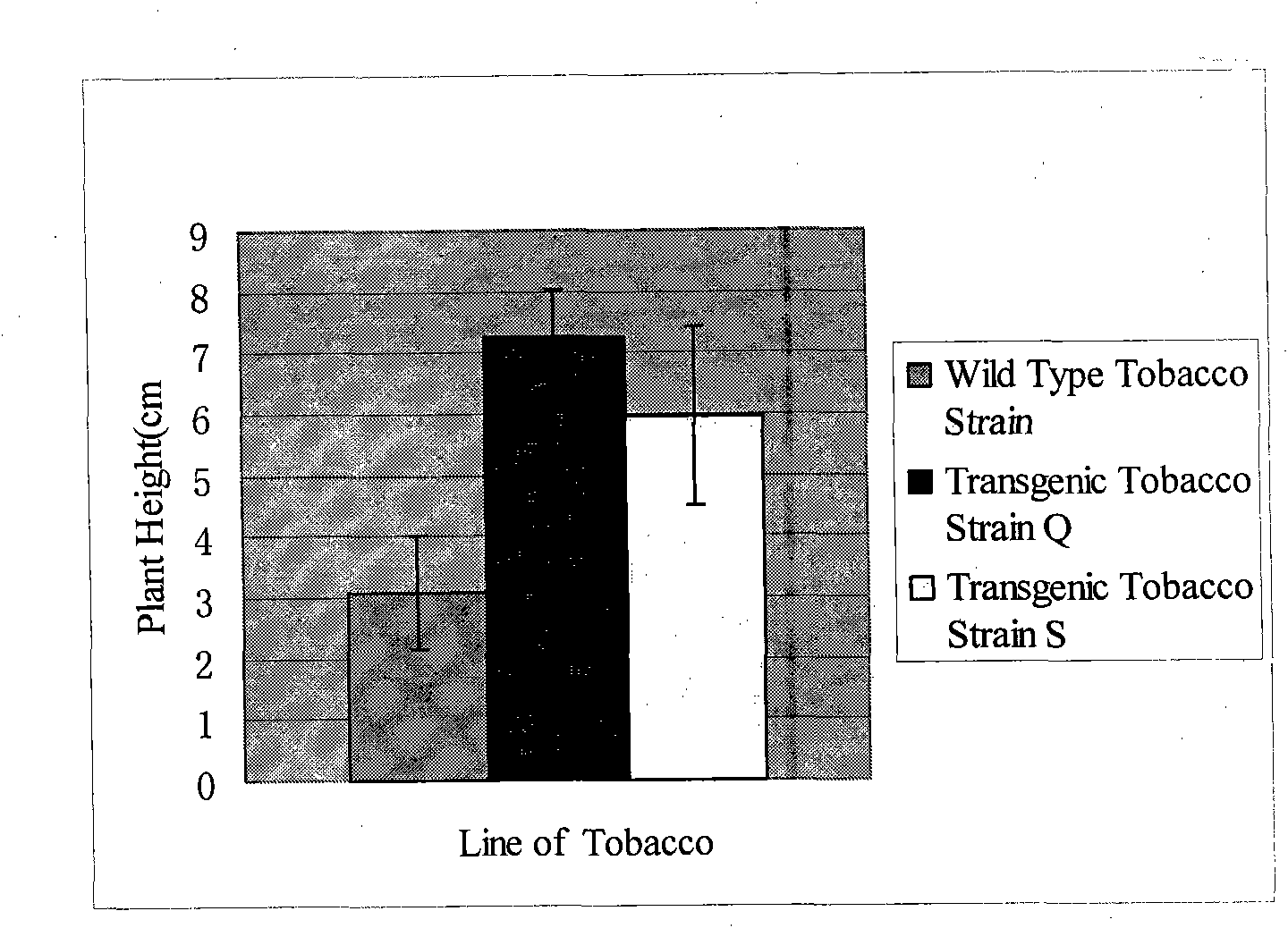Herbicide resistance gene and application thereof
A technology for resistance genes and herbicides, applied in the field of genetic engineering, can solve the problems of difficult control of the expression level of multiple genes, unsatisfactory resistance effect, and complexity, and achieves the ability to improve the ability to resist salt and other adversity stresses, improve the use efficiency, and expand the The effect of the herbicide spectrum
- Summary
- Abstract
- Description
- Claims
- Application Information
AI Technical Summary
Problems solved by technology
Method used
Image
Examples
Embodiment Construction
[0035] The following examples illustrate the invention in detail. The molecular biology and biochemical methods used, such as the preparation of expression components including promoters, target genes, and terminators, the construction of plant transformation plasmids, the technology of plant transformation of target genes, and plant regeneration technologies, are all mature and established. Known technology; "Current Protocols in Molecular Biology" written by Ausubel, published by John Wiley and Sons, and "Molecular Cloning: Laboratory Manual" written by J.Sambrook, etc., published by Cold Spring Harbor Laboratory Press (2001), 3rd ED . and other documents have detailed instructions.
[0036] Part of the medium used in the following examples, the mother liquor formula are as follows:
[0037] (1) YEB medium: beef extract 5g / L, yeast extract 1g / L, peptone 5g / L, sucrose 5g / L, MgSO 4 2mmol / L, pH7.2, solid medium containing agar 15g / L.
[0038] (2) Tobacco differentiation med...
PUM
 Login to View More
Login to View More Abstract
Description
Claims
Application Information
 Login to View More
Login to View More - R&D Engineer
- R&D Manager
- IP Professional
- Industry Leading Data Capabilities
- Powerful AI technology
- Patent DNA Extraction
Browse by: Latest US Patents, China's latest patents, Technical Efficacy Thesaurus, Application Domain, Technology Topic, Popular Technical Reports.
© 2024 PatSnap. All rights reserved.Legal|Privacy policy|Modern Slavery Act Transparency Statement|Sitemap|About US| Contact US: help@patsnap.com










